News & Events
Latest news
ERC Proof of Concept Grant awarded to Christian Degen

The lump sum grant will allow Degen and his group to develop a photonic integrated circuit for single-photon-emitter excitation and detection, with future commercial use in optical quantum sensing and communication.
Eight professors appointed

At its meeting of 9 and 10 July 2025 and upon application of Joël Mesot, President of ETH Zurich, the ETH Board appointed eight professors. The Board also awarded the title of "Professor of Practice" once.
Elaborate search for a new force

Scientists are using trapped ions in experiments to search for signs of a new particle that could help explain the mysterious dark matter. Researchers at ETH Zurich are combining their results with findings from teams in Germany and Australia.
Graduation ceremony 2025
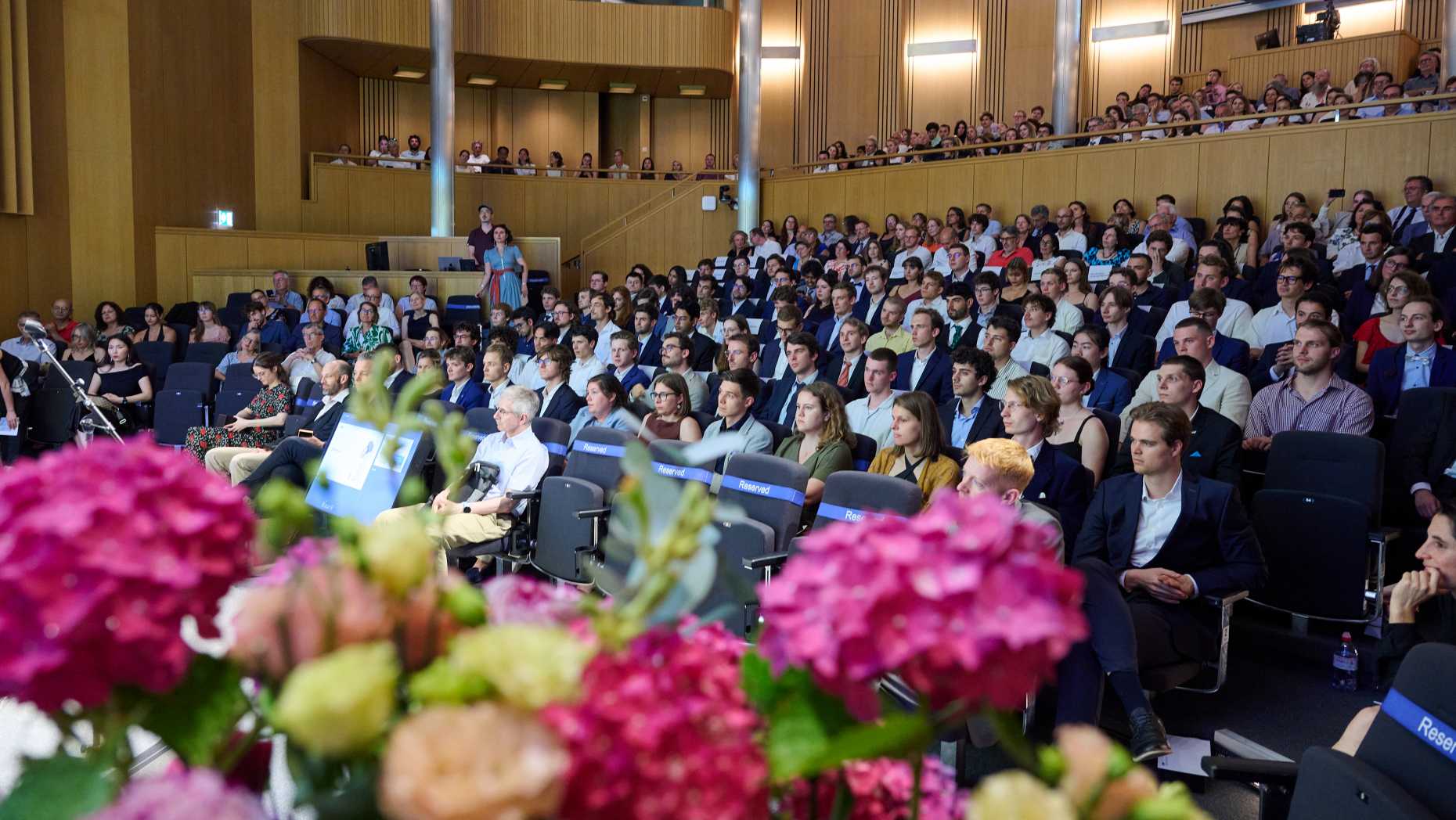
On 20 June, ETH Zurich honoured the graduates of the Master's programs in Physics and High Energy Physics in a festive ceremony.
How to raise a quantum Fermi gas experiment

In the Institute for Quantum Electronics, the Lattice Lab has been running for over two decades without significant interruptions, consistently pushing the boundaries of what can be learned from an ultracold fermionic gas trapped in an optical lattice.
Back in the running with ERC grants

Two biologists, an engineer, a physicist and a health scientist from ETH Zurich have been awarded ERC Advanced Grants worth around 12 million euros. The researchers are among the first in Switzerland to receive this prestigious EU research funding after a hiatus of several years.
Innovation needs freedom

ETH alumni Moritz Lechner and Felix Mayer have founded Sensirion, an internationally successful company. Now the two physicists look back. What has remained of their education at one of the best universities in the world?
A degree for the quantum age

In 2019, ETH Zurich launched one of the world’s first Master’s degrees in Quantum Engineering. Since then, interest in the programme has soared – and its first graduates are already making their mark in industry.
Data-driven insights

An interview with D-PHYS alumna Agnese Sacchi, Quantitative Risk Modeller at Zurich Insurance.
Ultra-thin lenses that make infrared light visible

Physicists at ETH Zurich have developed a lens with magic properties. Ultra-thin, it can transform infrared light into visible light by halving the wavelength of incident light.
Achieving their goal

Ten apprentices from the Department of Physics gained new knowledge through the Physics4mation project.
Happy Birthday, ESA!

The European Space Agency (ESA) is celebrating its 50th anniversary. ESA has helped make Europe more technologically independent and has played a key role in space exploration in recent decades. And ETH Zurich has always been one of its partners on its journey.
Six professors appointed

At the meeting on 21st and 22nd May 2025, the ETH Board appointed two female and four male professors at the request of ETH President Joël Mesot. The Board also awarded the title of "Professor" three times and the title of "Professor of Practice" twice.
To search for new physics, cast a wide net to sieve through particle data
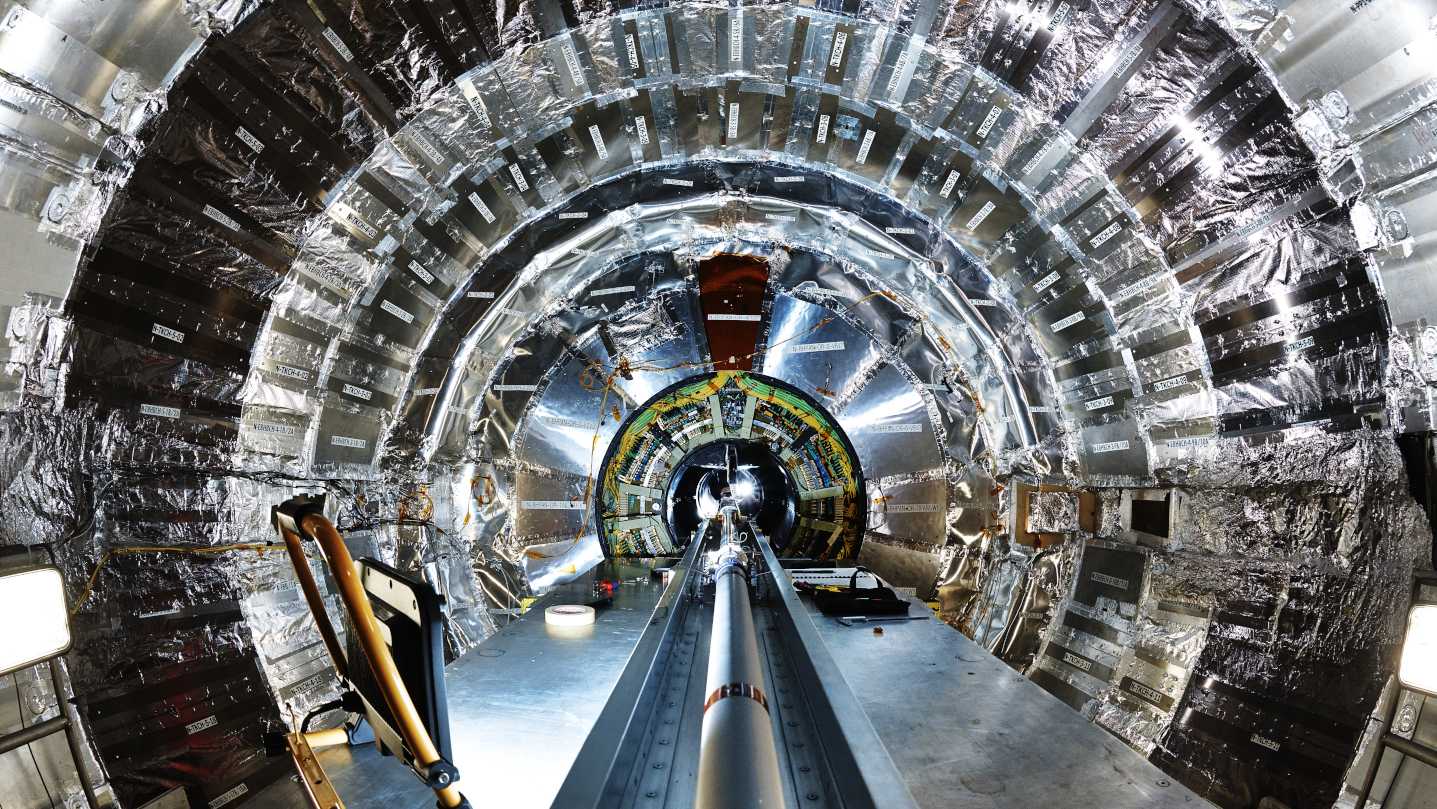
Thea Klaeboe Aarrestad talks about her research at CERN and retraces how she became interested in the power of machine learning methods for particle physics.
Vacuum fields break into materials engineering

Researchers have shown how electronic correlations in two-dimensional materials can be manipulated through electromagnetic vacuum field fluctuations in a cavity, opening new possibilities for materials research with cavity quantum electrodynamics.
Ten years of gravitational-wave detections
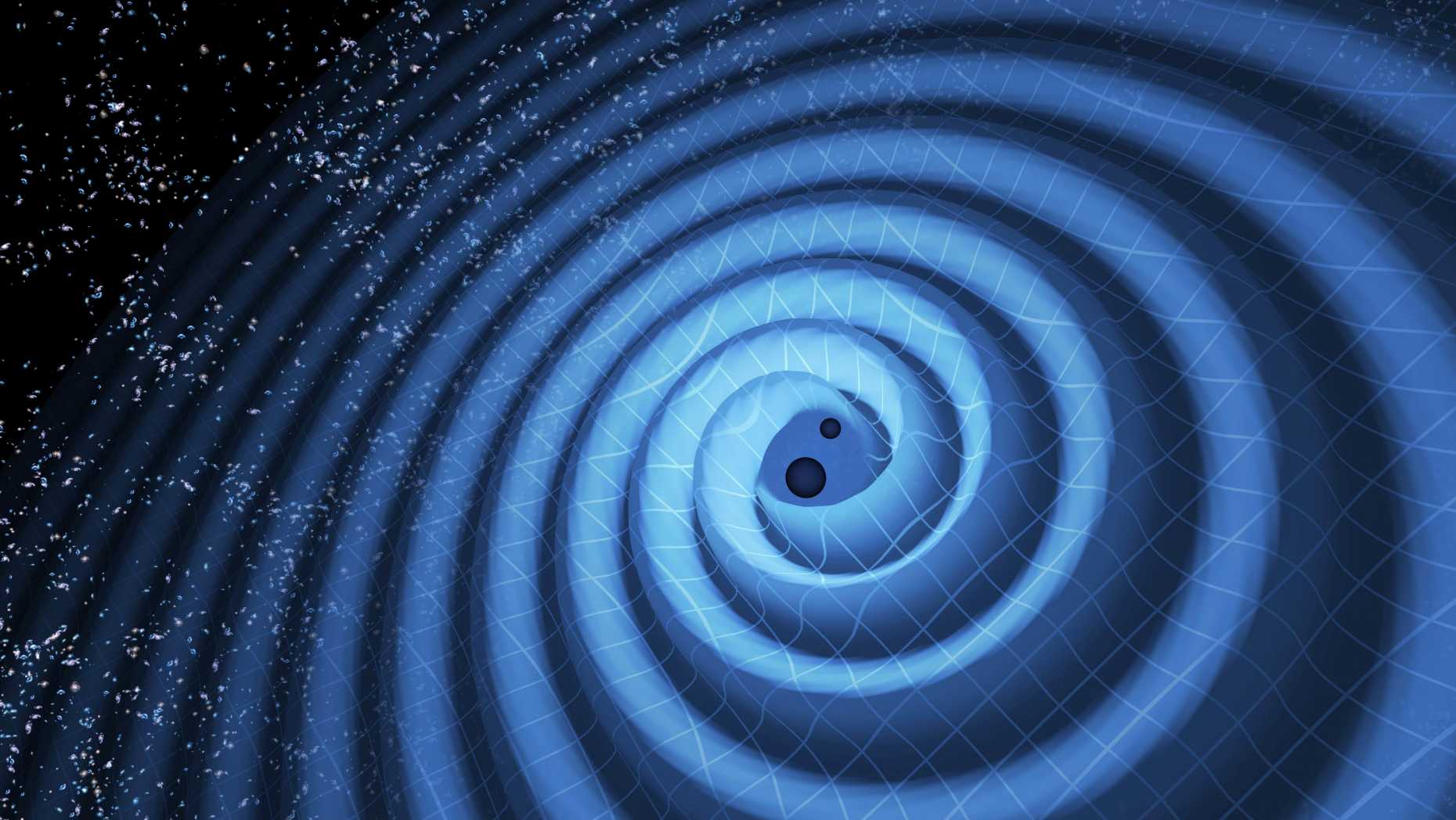
We spoke with Michele Vallisneri about his recent move to ETH Zurich, his research plans and the profound impact of the first gravitational-wave detection in 2015.
What if we don’t find any life on the exoplanets, Doctor Angerhausen?

The planned space missions to search for remote life will provide valuable insights even if they do not find any evidence of life, says astrophysicist Daniel Angerhausen.
Higgs, hadrons, big ideas: CERN experiments receive Breakthrough Prize

At a ceremony in Los Angeles on 5 April, the four major experimental collaborations at CERN’s Large Hadron Collider (LHC) – ALICE, ATLAS, CMS and LHCb – were awarded the prestigious Breakthrough Prize in Fundamental Physics.
In the search for life on exoplanets, finding nothing is something too
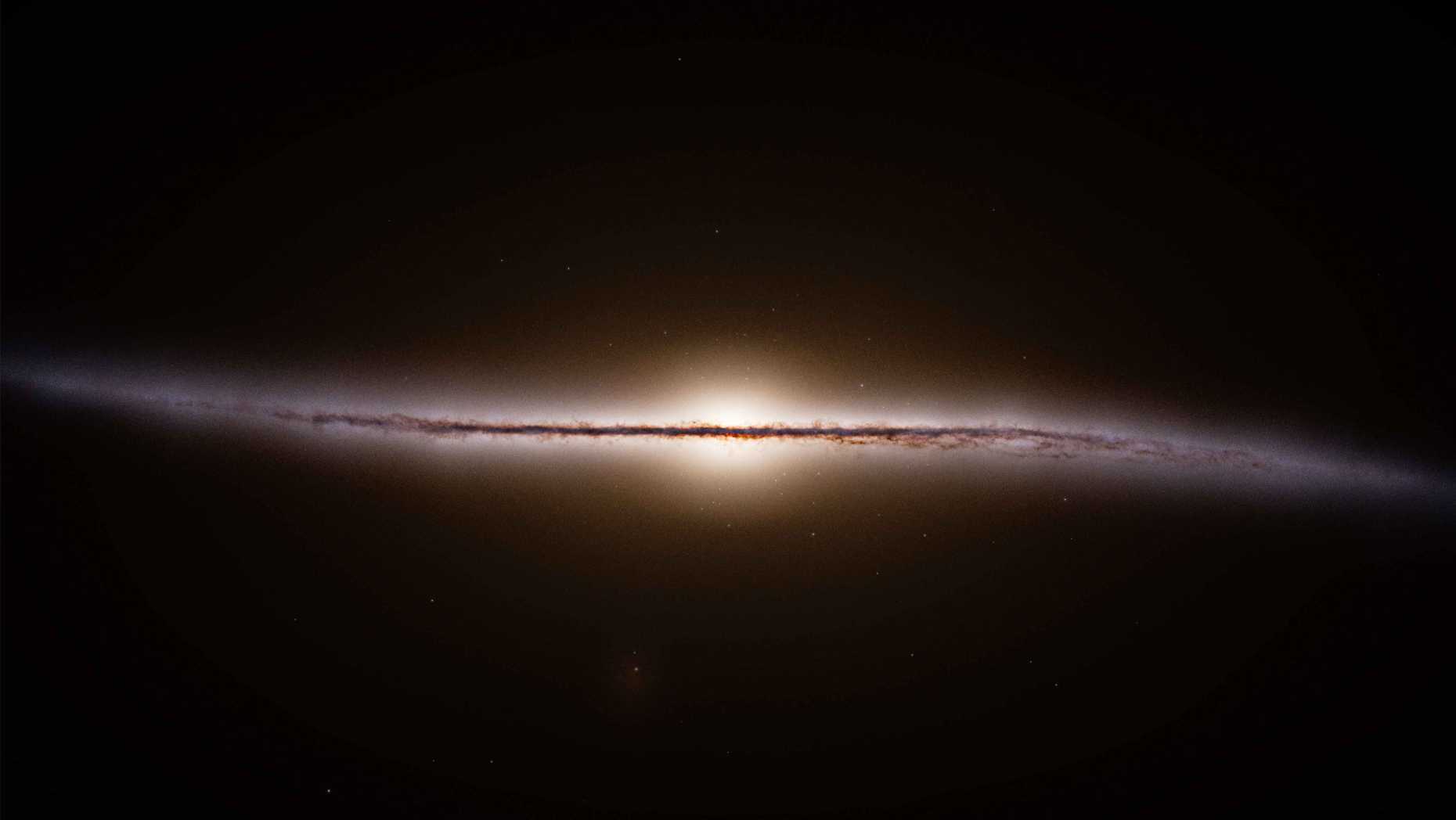
A team led by researchers at ETH Zurich's Institute for Particle Physics and Astrophysics studied what insights can be gained from a 'no life detected' scenario in future exoplanet surveys.
From prototypes to products

An interview with D-PHYS alumnus Dr Leonardo Facheris, R&D Engineer at Sensirion.
Elementary-particle detectors, 3D printed
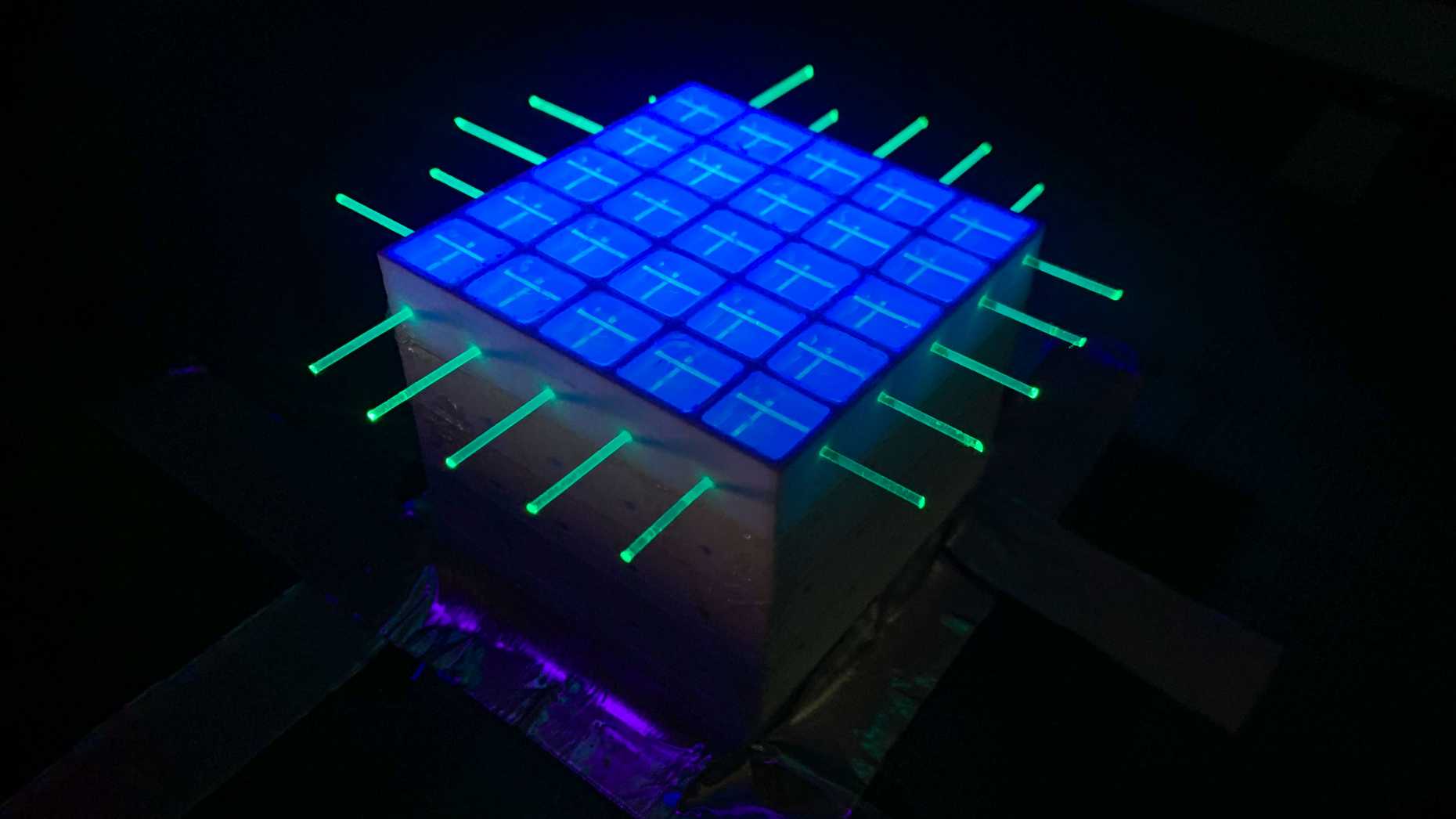
An international collaboration headed by researchers in the Department of Physics has shown that additive manufacturing offers a realistic way to build large-scale plastic scintillator detectors for particle physics experiments.
Crystal lattice at a distance

Researchers at ETH Zurich have developed a method that makes it easier to study interactions between electrons in a material. Using a moiré material consisting of twisted atomic layers they created an artificial crystal lattice in a neighbouring material.
Simon Storz wins the first Quantum Entanglement Prize
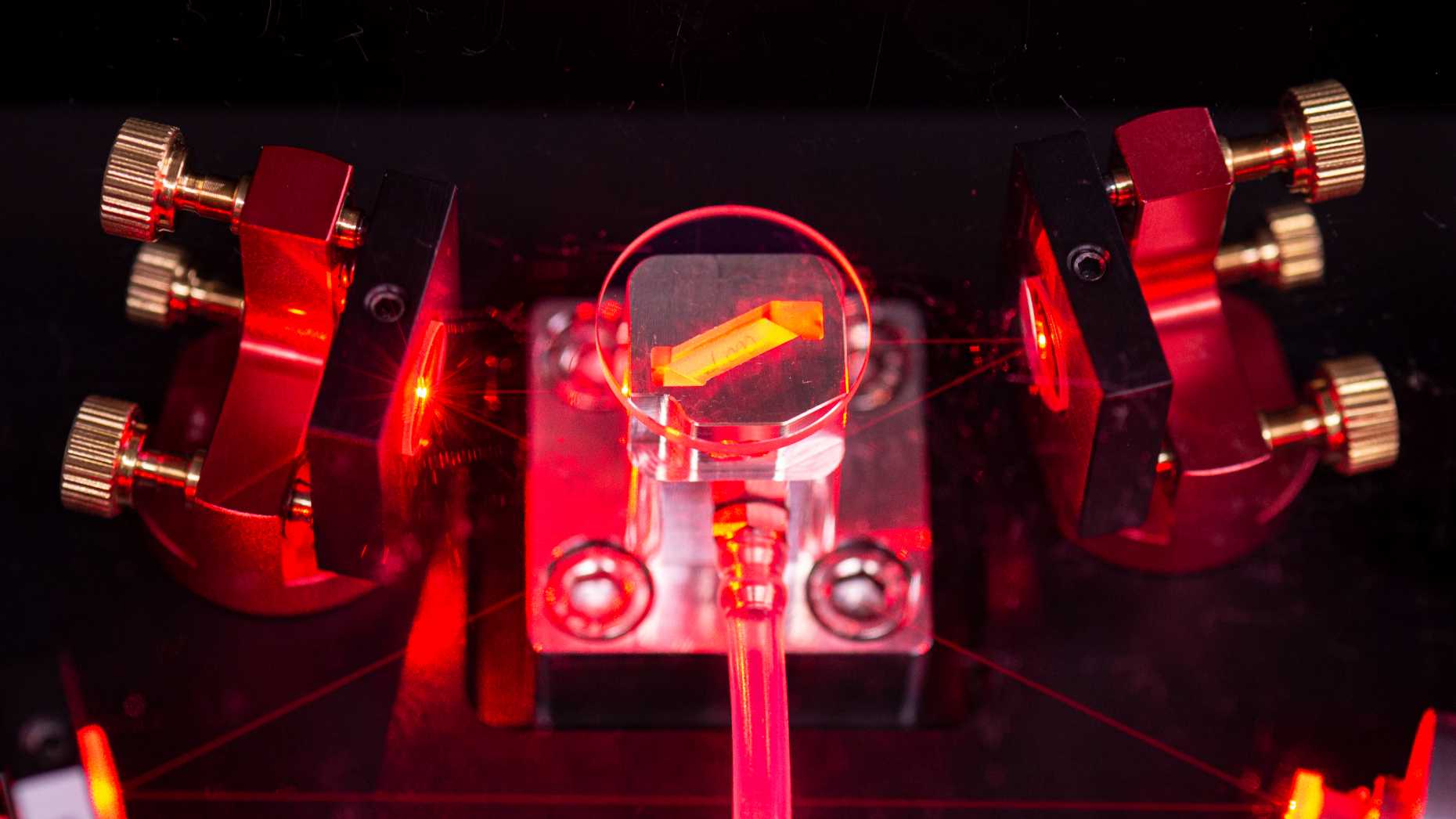
The researcher received the award for his leading work on a loophole-free Bell test with superconducting circuits and for his enthusiasm for science communication.
Four SNSF Advanced Grants go to ETH Zurich researchers

A biologist, a neuroscientist, a materials scientist and a physicist have each been awarded one of the prestigious grants of the Swiss National Science Foundation.
Good news for gamma-ray astronomy
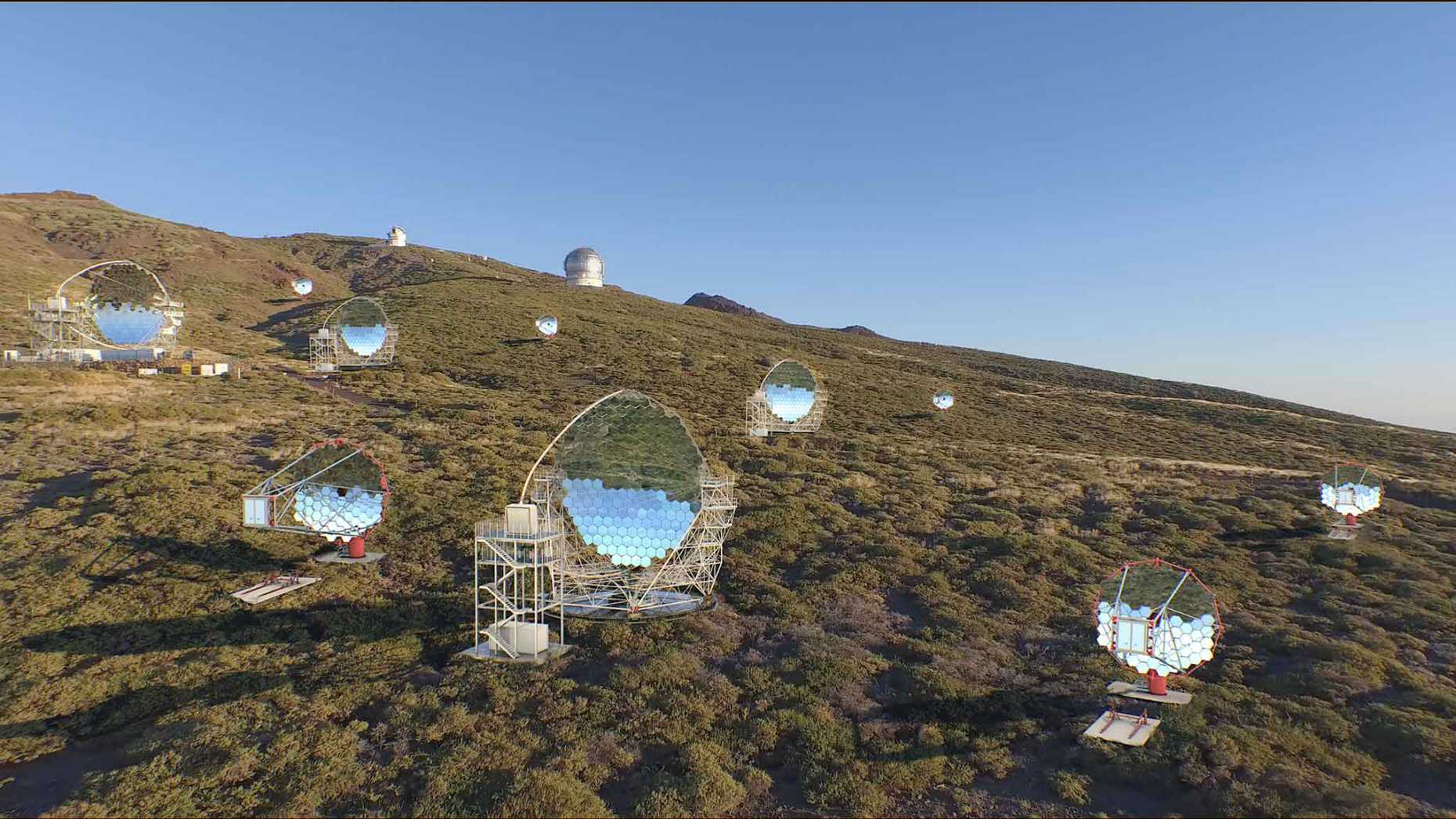
The latest development on the Cherenkov Telescope Array Observatory brings a step closer the prospect of new insights into some of the most energetic phenomena in the Universe.
Breaking new ground: Doubling down on neutral-atom quantum computing
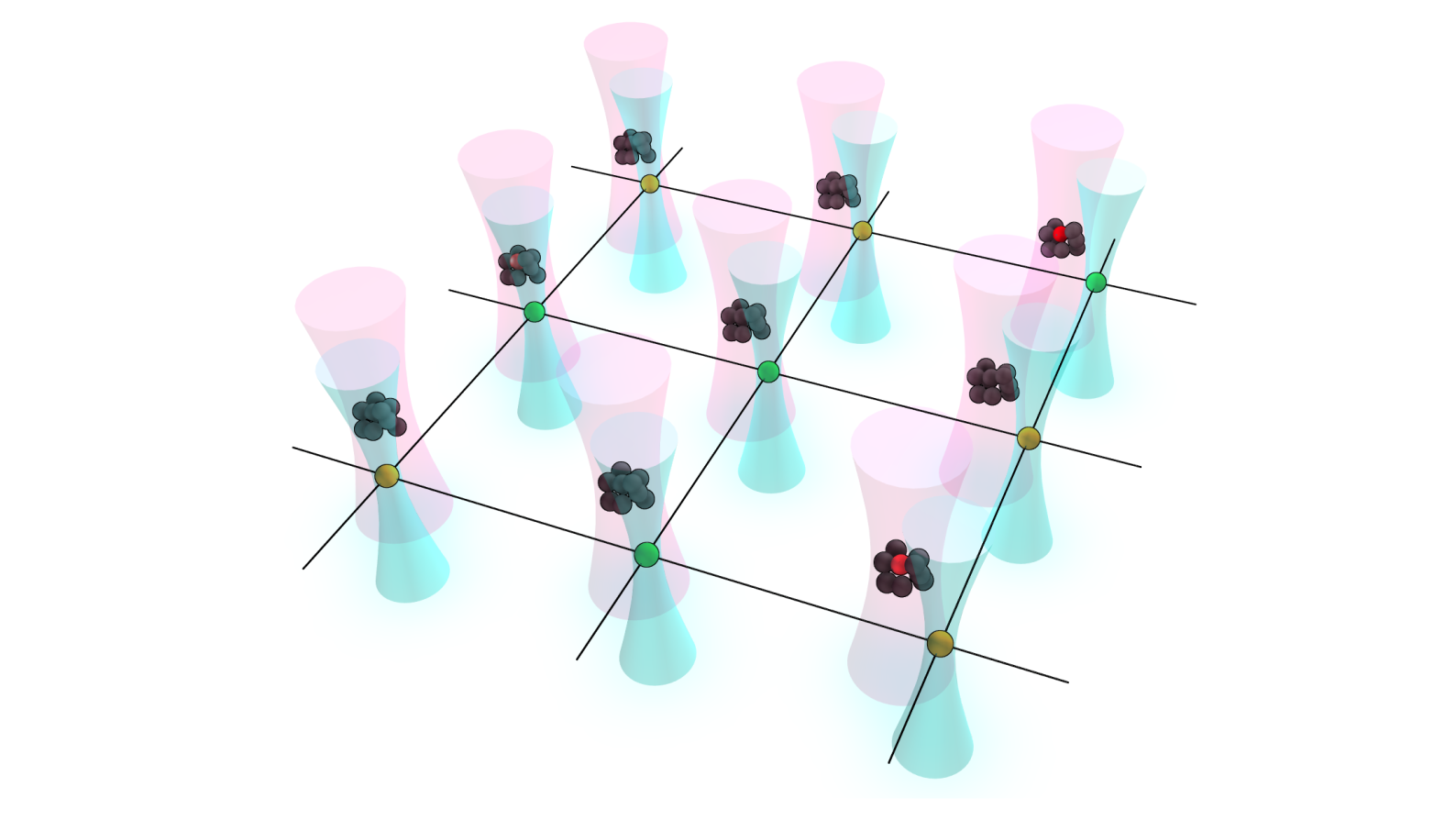
Wenchao Xu works on arrays of optically trapped neutral atoms that combine two atomic species in a way that offers a new platform for advancing quantum science and technology.
Nurturing quantum connections
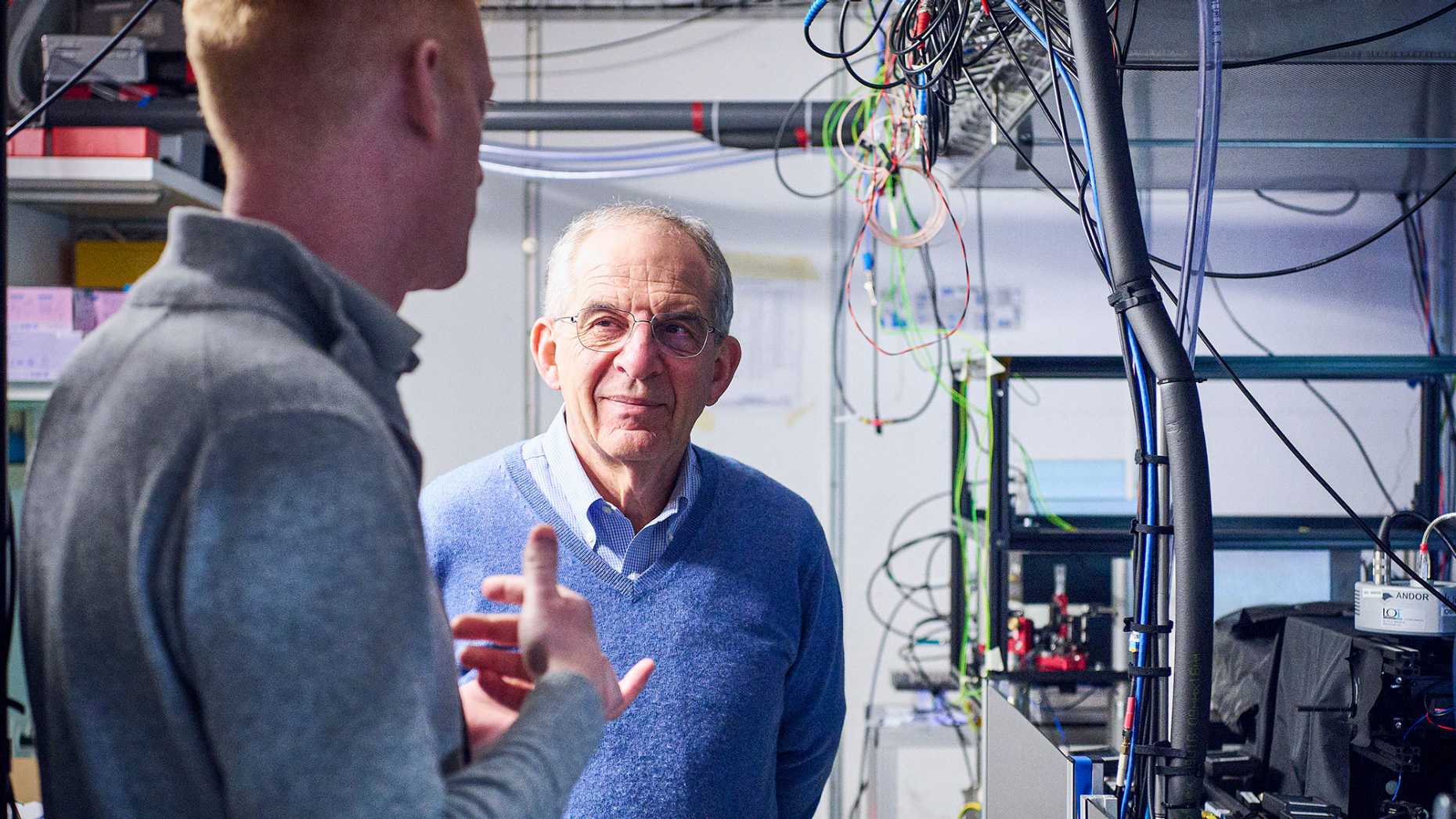
As the speaker at this year's Paul Bernays Lectures, Michel Devoret discussed quantum information processing with superconducting circuits – and took the time to find out about the variety of research activities in the physics department, too.
Eight SNSF Starting Grants for ETH researchers

Four women and four men successfully applied for Starting Grants from the Swiss National Science Foundation via ETH Zurich.
Golden Owl to Tobias Donner
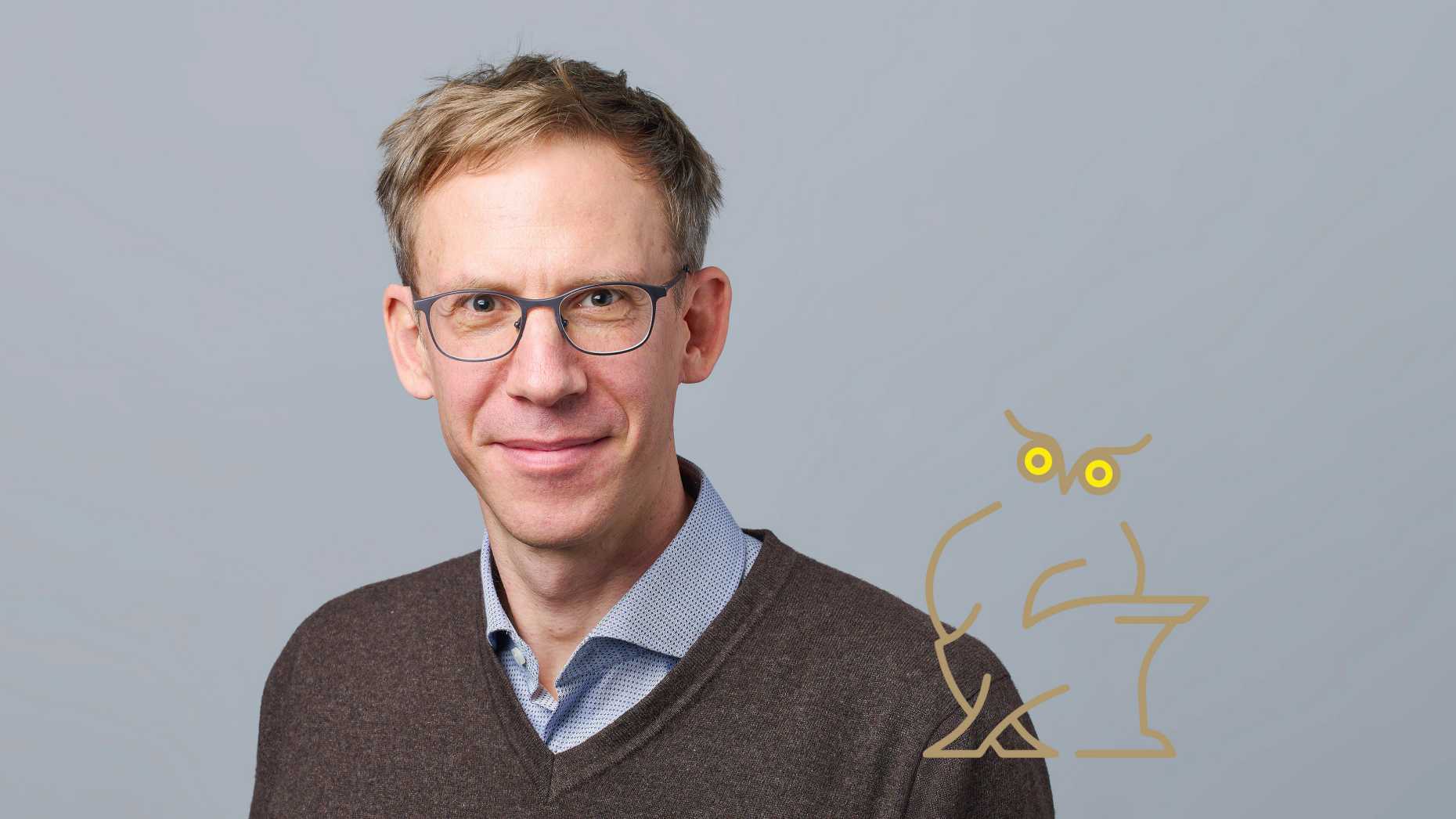
Tobias Donner received the Golden Owl award for his teaching activities in the Department of Physics. The ETH Zurich Student Association (VSETH) honours lecturers whose excellent teaching stands out with this yearly award.
Measuring cosmic distances to understand the expanding universe
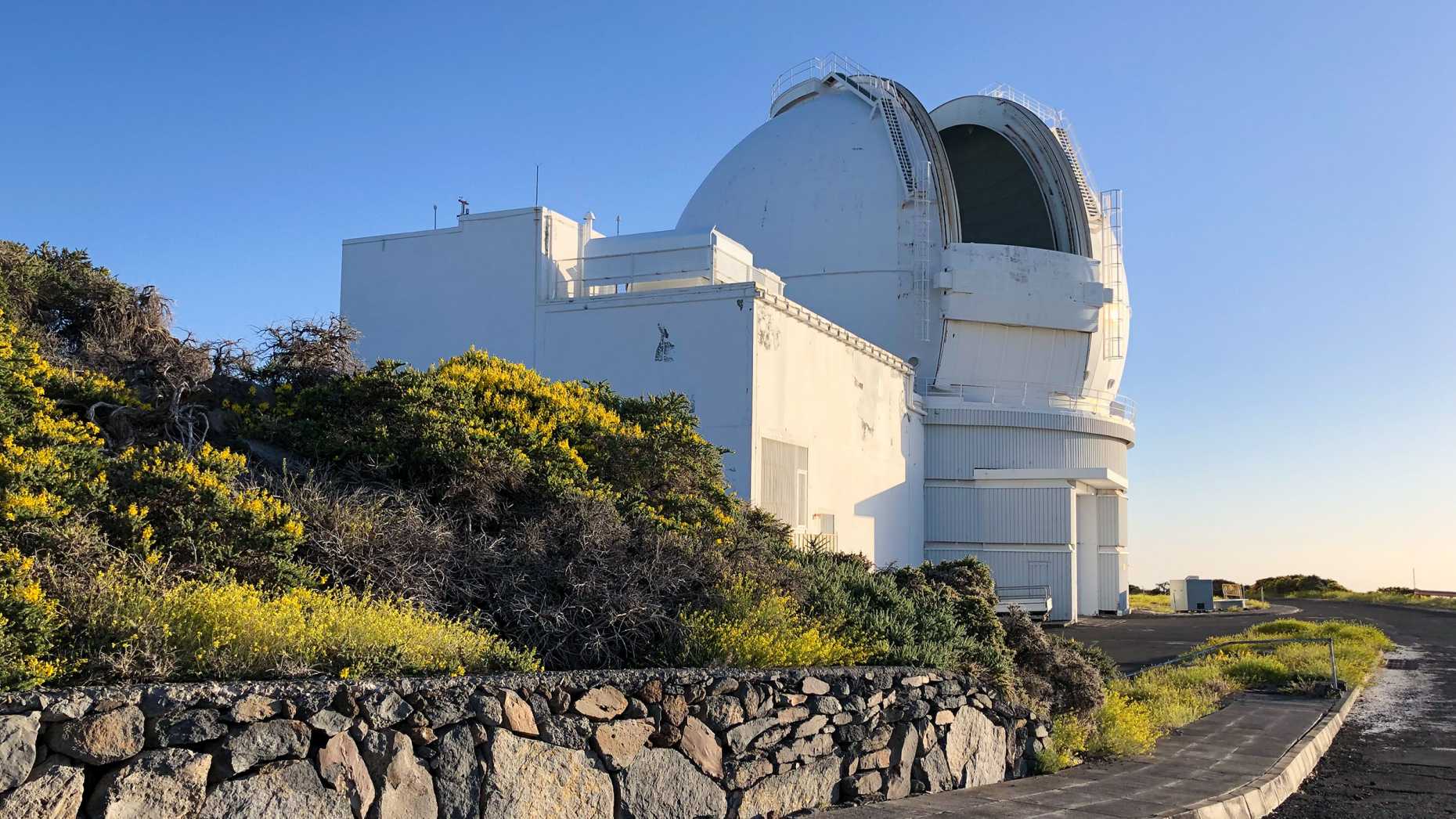
The group of Professor Alexandre Refregier uses the data collected by ambitious surveys to work out the nature of dark matter, dark energy and our expanding universe.
Between crystals, cats and quantum

ETH Professor Yiwen Chu is investigating how to apply quantum states to ever larger objects. This should help to gain new insights into physics and develop more efficient technologies. She has now been awarded the ETH Zurich Latsis Prize for her outstanding research.
Record-breaking laser pulses

Researchers at ETH Zurich have developed a laser that produces the strongest ultra-short laser pulses to date. In the future, such high power pulses could be used for precision measurements or materials processing.
A common ground for physics laboratory technicians
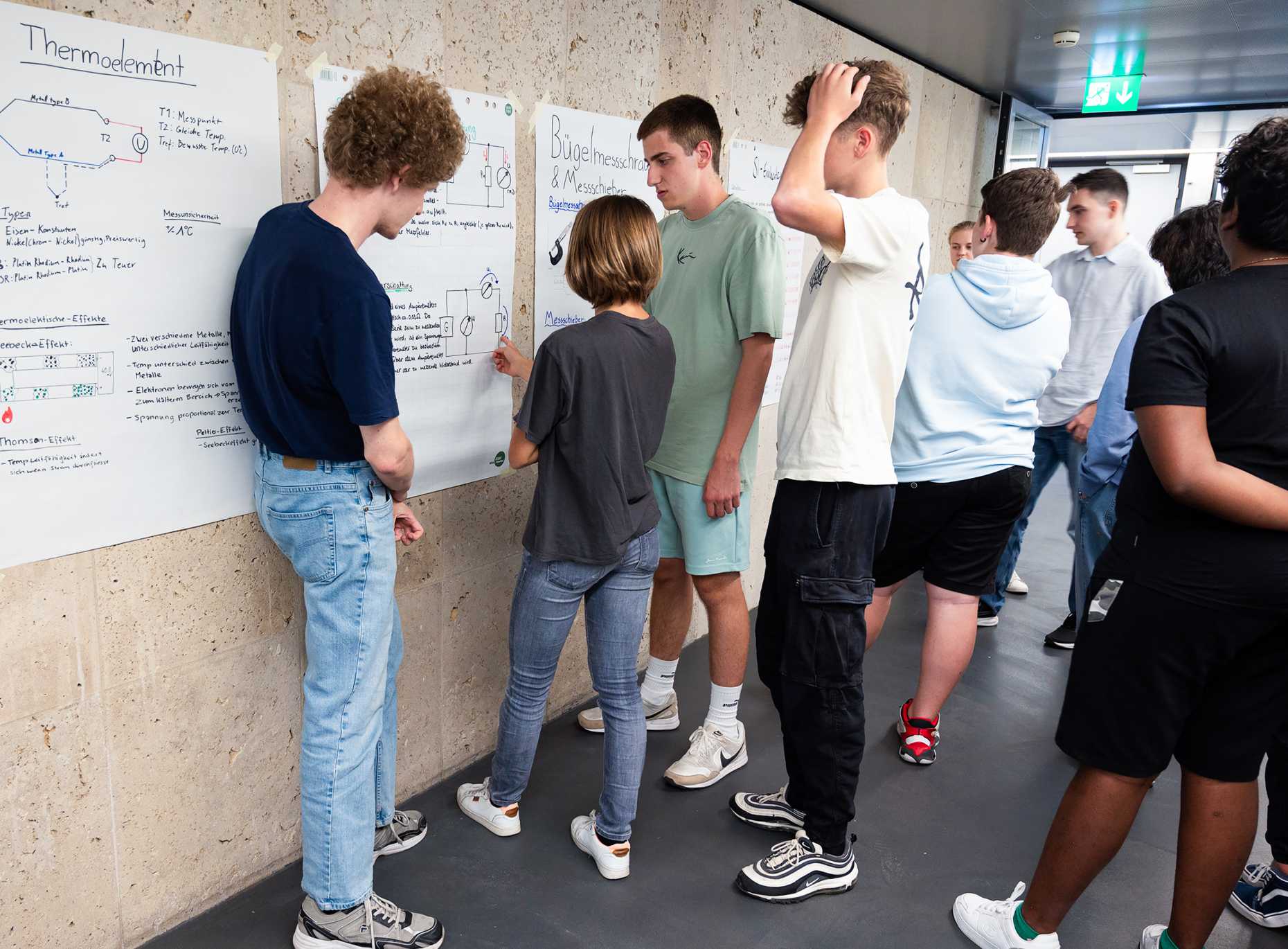
Physics laboratory technicians from the industry and public research sectors have been attending external training courses in the Department of Physics for a decade.
A noisy, intermediate-scale and fun quantum endeavour
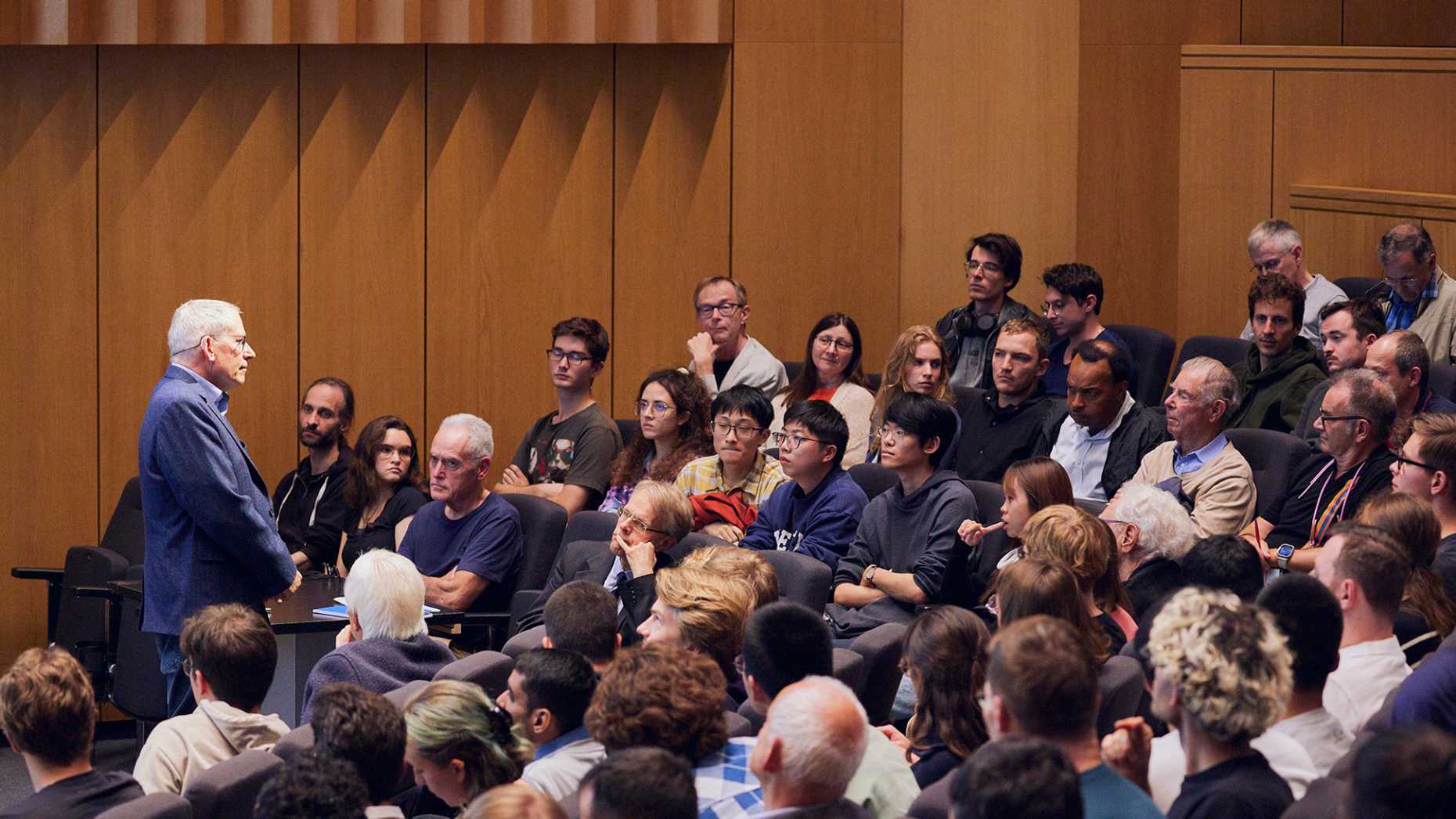
For this year's Wolfgang Pauli Lectures, John Preskill offered a crash course on quantum information science, from entanglement to error correction for quantum computing.
Fifteen professors appointed

At its meeting of 18 and 19 September 2024 and upon application of Joël Mesot, President of ETH Zurich, the ETH Board appointed fifteen professors. The Board also awarded the title of "Professor of Practice" once.
Measuring risk

An interview with D-PHYS alumnus Dr Szymon Hennel, formerly risk model developer at UBS.
Quantum path
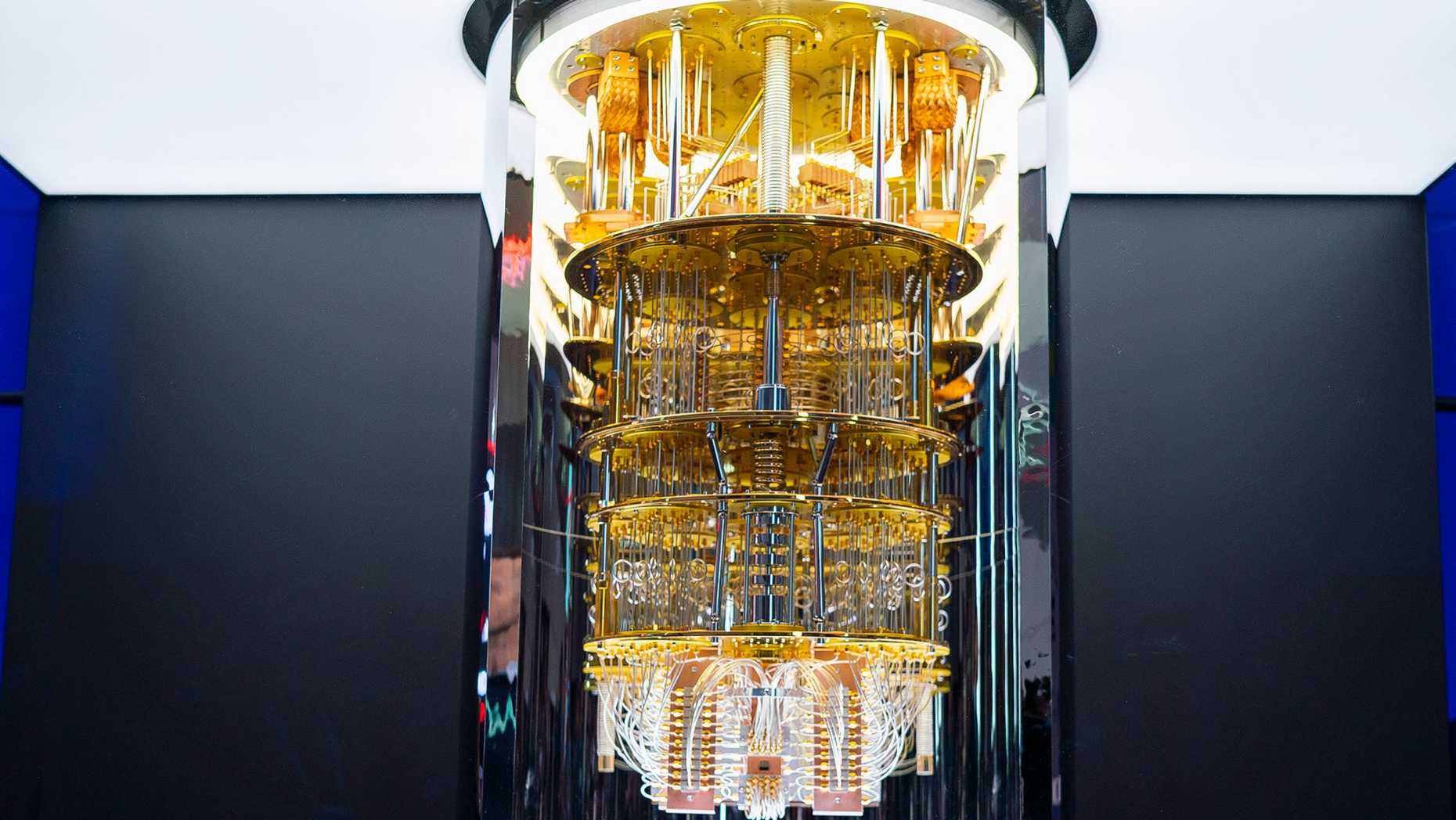
An interview with D-PHYS alumna Dr Elisa Bäumer, Research Scientist at IBM Zurich.
Combing through air with light
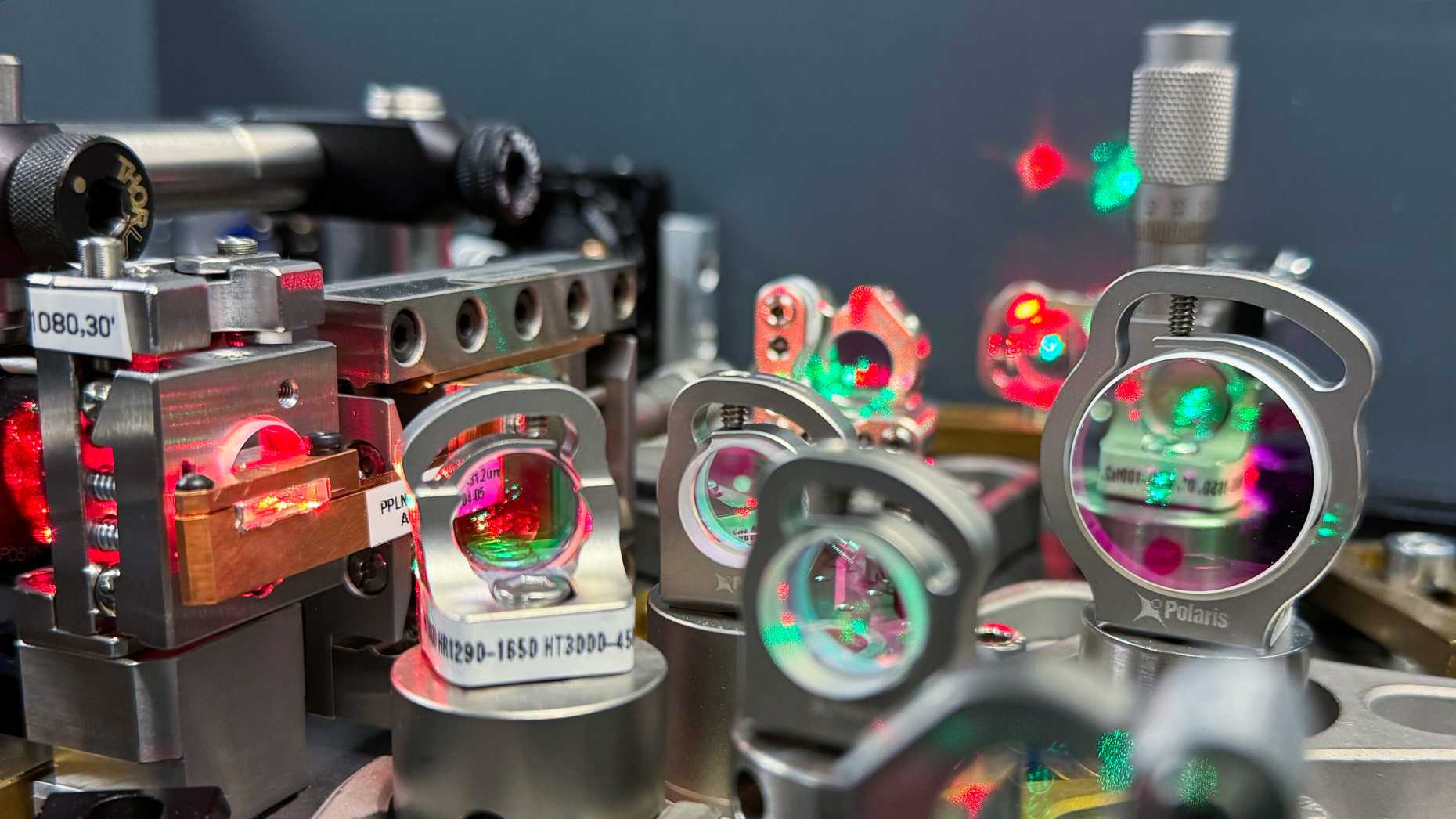
Researchers in the Institute for Quantum Electronics have developed a special dual-comb spectrometer, which relies on a new detection method, to analyse gaseous samples with high sensitivity.
Planets contain more water than thought

Most of a planet’s water is generally not on its surface but hidden deep in its interior. This affects the potential habitability of distant worlds, as shown by model calculations of researchers at ETH Zurich and Princeton University.
Calculating the route

An interview with D-PHYS alumnus Pierre Leroy-Calatayud, Software Engineer at SBB.